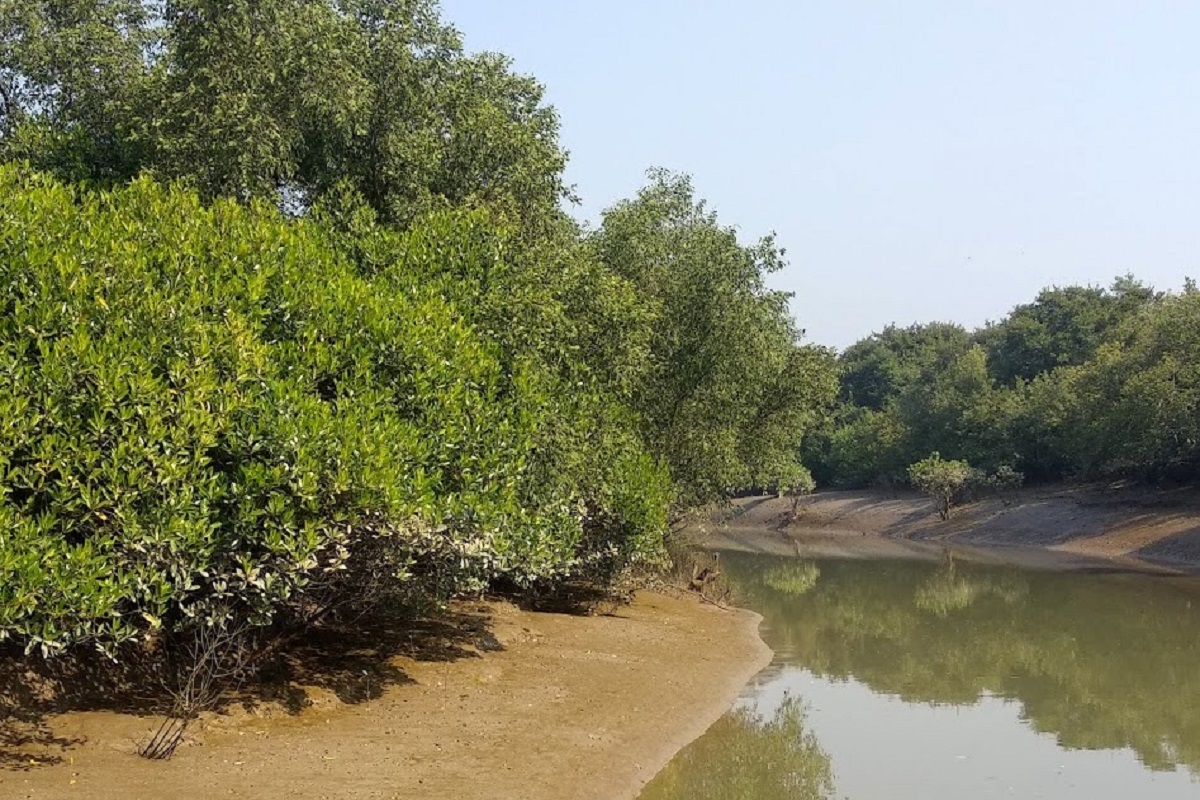In what has brought under focus the success in mangrove conservation initiative, Odisha has recorded the highest increase in the mangrove forest, otherwise described as coastal woodland, in the country in the last three years.
As per the latest India State of Forest Report (ISFR), 2021 released on Thursday, the mangrove forest area in Odisha has increased by 8 square kilometers in a three-year period spanning from 2019-2021. The State’s growth rate is the highest in the country. Odisha was followed by Maharashtra (4 sq km) and Karnataka (3 sq km).
The total mangrove cover in the country is 4,992 sq km and there has been an increase of 17 sq Km in mangrove cover as compared to the previous assessment of 2019.
Of the 258.98 square kilometers of total cover in Odisha, the State has 80.43 square kilometers of ‘very dense’ mangrove cover, all in the Kendrapara district.
The south 24 Pargana district in West Bengal alone accounts for 41.74% of mangrove cover in the country.
Mangroves are salt-resistant plant communities; these species exhibit a variety of adaptations in morphology, anatomy, and physiology to survive in water-logged soils, high salinity, and frequent cyclonic storms and tidal surges. Mangroves are important refuges of coastal biodiversity and act as bio-shields against extreme climate events.
Large population, primarily rural, depends on mangrove ecosystems for a wide variety of biomass-dependent livelihoods.
The reason for the increase in mangrove cover in Odisha is mainly due to the natural regeneration, plantation activities in natural areas like the riverbanks, estuaries, intertidal mudflats, which are inundated by seawater on a daily cycle.
The increase in mangrove cover has been observed in the districts of Kendrapara, Jagatsinghpur, and Balasore.
Bhitarakanika national park in Kendrapara is one of the richest storehouses of mangrove genes. Researchers have come across 11 of the 70 mangrove species, which were at elevated threat of extinction in the world, in Bhitarkanika.
Mangroves are regarded as natural barriers against the tidal surge and cyclones. Because of its rich mangrove cover, cyclonic storms from time to time have failed to make inroads into the wetland sites.











